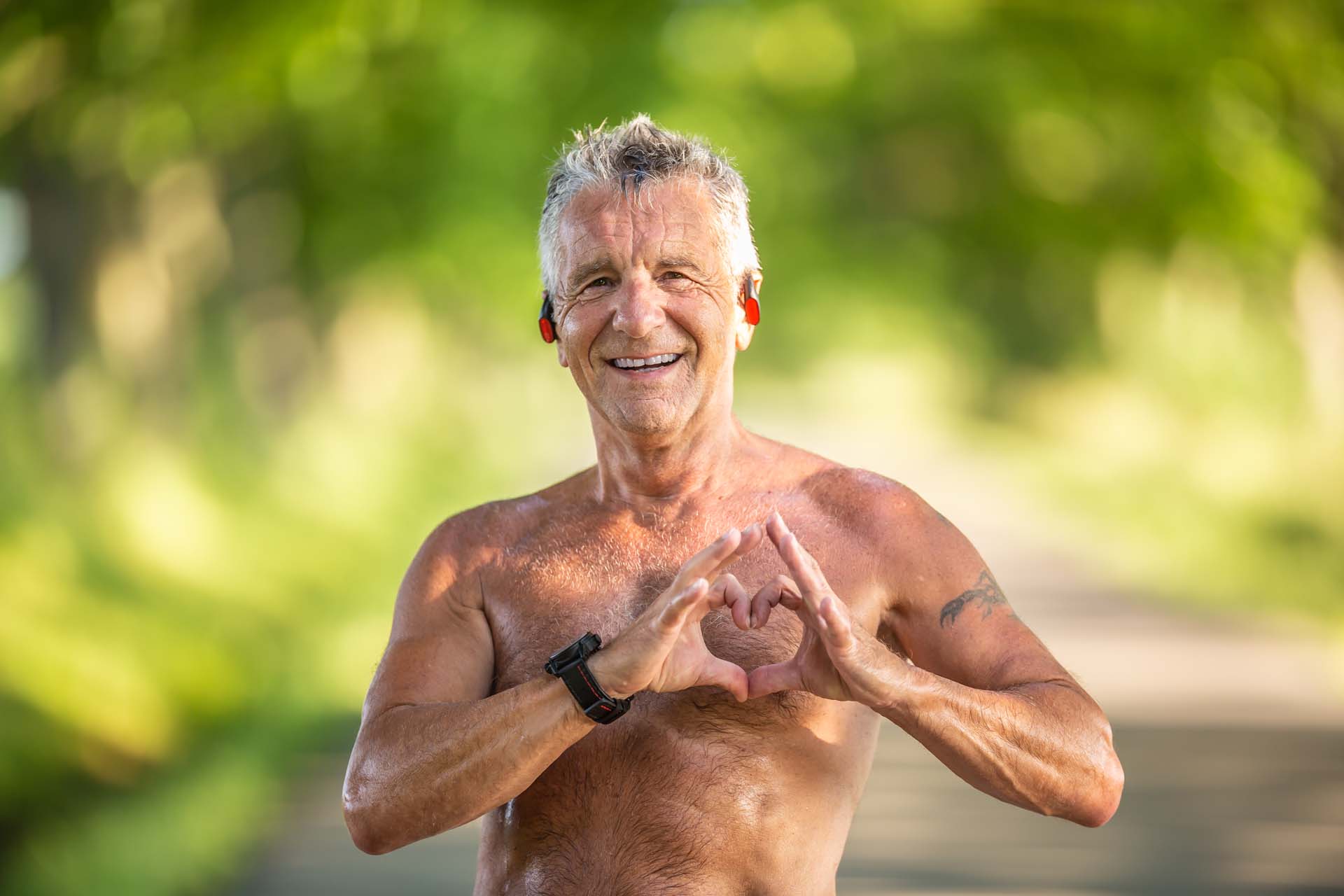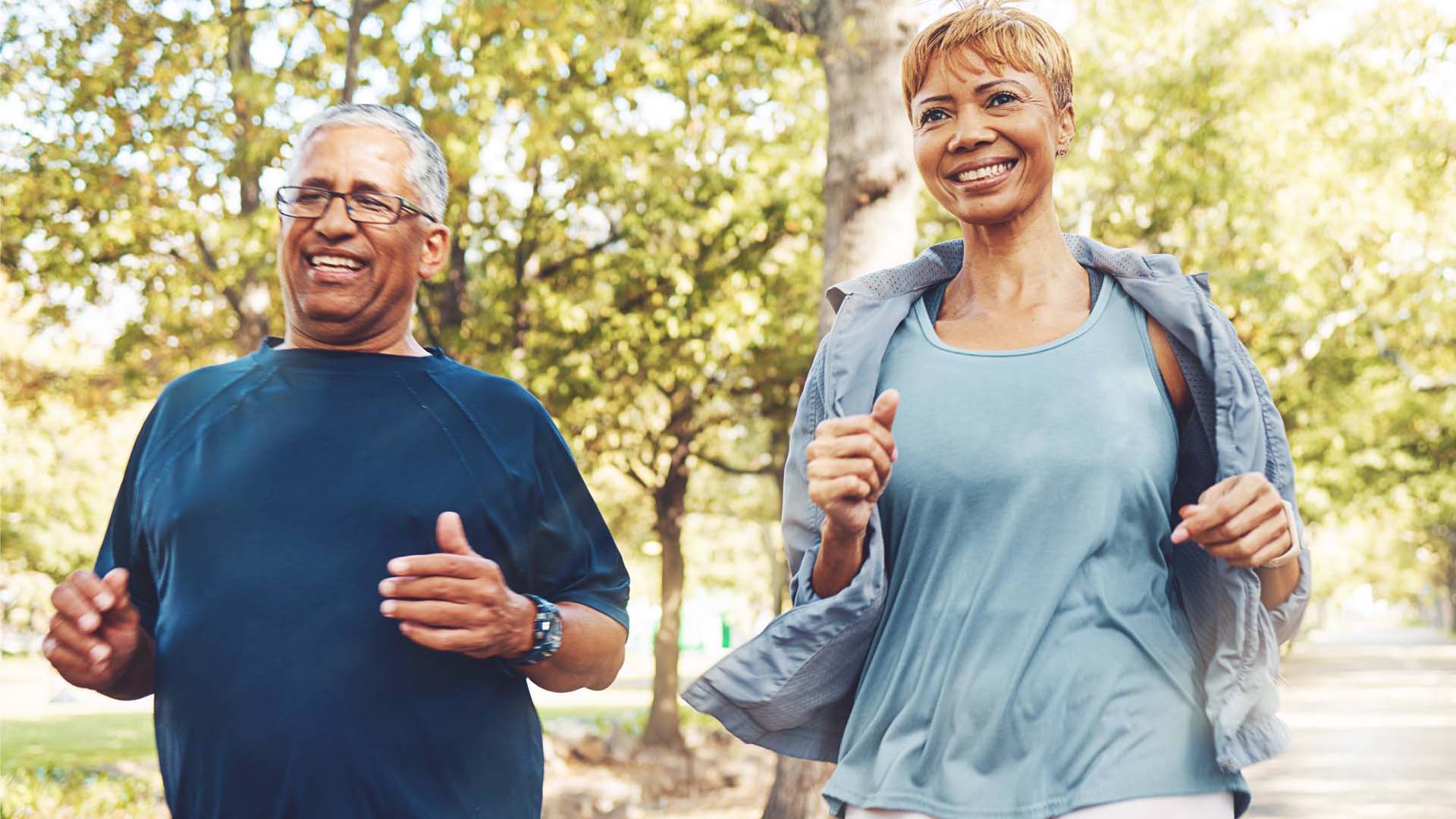
Why run when you can walk? If that sounds appealing, then allow me to introduce race walking. It’s easy to do, and simple to include in your daily routine. There’s less stress on your body compared to running, meaning less risk of injury.
When your foot strikes the ground, the impact running produces can be equal to four times your body weight, while the same movement in race walking reduces that to just 1.4. It’s also every bit as good for you when it comes to reducing the risk of heart disease, diabetes, and even some types of cancer, along with boosting your oxygen carrying capacity.
You’ll get all the benefits of walking, making it a real win, win when it comes to exercising.
In addition to being a very effective way of increasing your aerobic capacity (how much oxygen your body can take in and use), race walking requires concentration, co-ordination, and upper body strength – with plenty of other benefits to boot.
Striding out and raising your heart rate is a great way to meet the suggested guidelines of five 30-minute weekly activities of moderate exercise for adults and older adults. But just 10 minutes a day of walking at a brisk pace has also been proven to have major health benefits.
That’s a quick stroll round the block, a rapid walk to the bus stop, or a few times up and down some stairs.

“What goal setting does is make you more aware of the standard of what you can achieve,” says Andy Lane, professor of sport psychology at the University of Wolverhampton. “Goal setting is great because it activates your energy levels.”
Use the smart goal theory for this one: set specific, measurable, achievable, relevant, and time-bound (SMART) objectives as you explore, in this instance, the world of race walking.
Firstly, keep an upright posture when you walk. Stride out by pushing off your big toe, landing on your heel and rolling your foot and pushing off from your toes again. The aim should be to develop a smooth action.
Your arms should be held at right angles at the elbow, driving backwards and forwards in opposition to your legs (so when your left leg goes forward, the right arm goes forward).
Keep your shoulders low, with your arms moving in a relaxed manner at the shoulder joint. And that’s it – you are race walking!
When running, you ‘fly’ – both feet are off the ground at the same time. But a race walker must always have one foot in contact with the ground, as visible to the human eye. These rules apply to local competitions, although obviously race walking on your own doesn’t have to be quite so strict.
In races on TV, you often see top walkers with both feet off the ground but staying in a race, as the judges on the course have not detected the infringement.
A good stride-out speed for walking would be 3mph (4.8km/h). Really push on and you should be able to achieve 4mph (6.4km/h). Train and develop a race-walking technique, and a real challenge would be to walk 5mph (8km/h and 12 minutes per mile).
If you aim to do a 5km Parkrun (on a good, flat surface) in 36 minutes, you will be doing it at just over 8km/h. But you would need to train for a few months to be able to achieve that.

Martin Rush competed in the 1992 Olympics as a race walker. He doesn’t hesitate when he says race walkers are among the fittest athletes in the world.
“There is something about the technique of walking and the feeling of powerfully using your arms, torso and legs that goes beyond even running. The great comradery among the top race walkers and a recognition of the amount of tough training that goes into competing at the top level is what attracted me to the event,” says Rush.
“Success helped as well. Who doesn’t like winning titles, setting records and making the Olympics?
“Though I may be a little slower than my halcyon days and spend my time helping both runners and walkers enjoy their training, take on a new challenge and reach their goals, I now know the full value of the power of walking and running to raise the quality of life.”
Rush, who is now a running and walking coach, can recall completing 5km (3 miles 206 yards) – the distance a lot of people run on a Saturday morning at 9am at their local Parkrun – in a little over 19 minutes… while walking.
“I still remember that 5km race, the fast start, a feeling of strength, co-ordination, and easy movement,” Rush recalls.
“It was the culmination of years of walking and running training. From hiking the Lakeland Fells to competing in the English Schools Race Walking Championships and then on to national titles, the simple act of walking more and then faster led me directly to the Olympics.”
One other thing he loves about being a race walker? “I never miss a bus either.”
Paul Larkins has been a sports journalist for more than 30 years, covering two Olympic Games, one Paralympics, numerous World Championships and, most recently, the Commonwealth Games in Birmingham in 2022. He’s also been a magazine editor, heading up titles covering everything from running to cooking and buying tractors.
But his real passion is running. As a former GB International athlete and sub-4-minute miler in the 1980s, Paul has a great understanding of life-long fitness and the benefits it can provide.
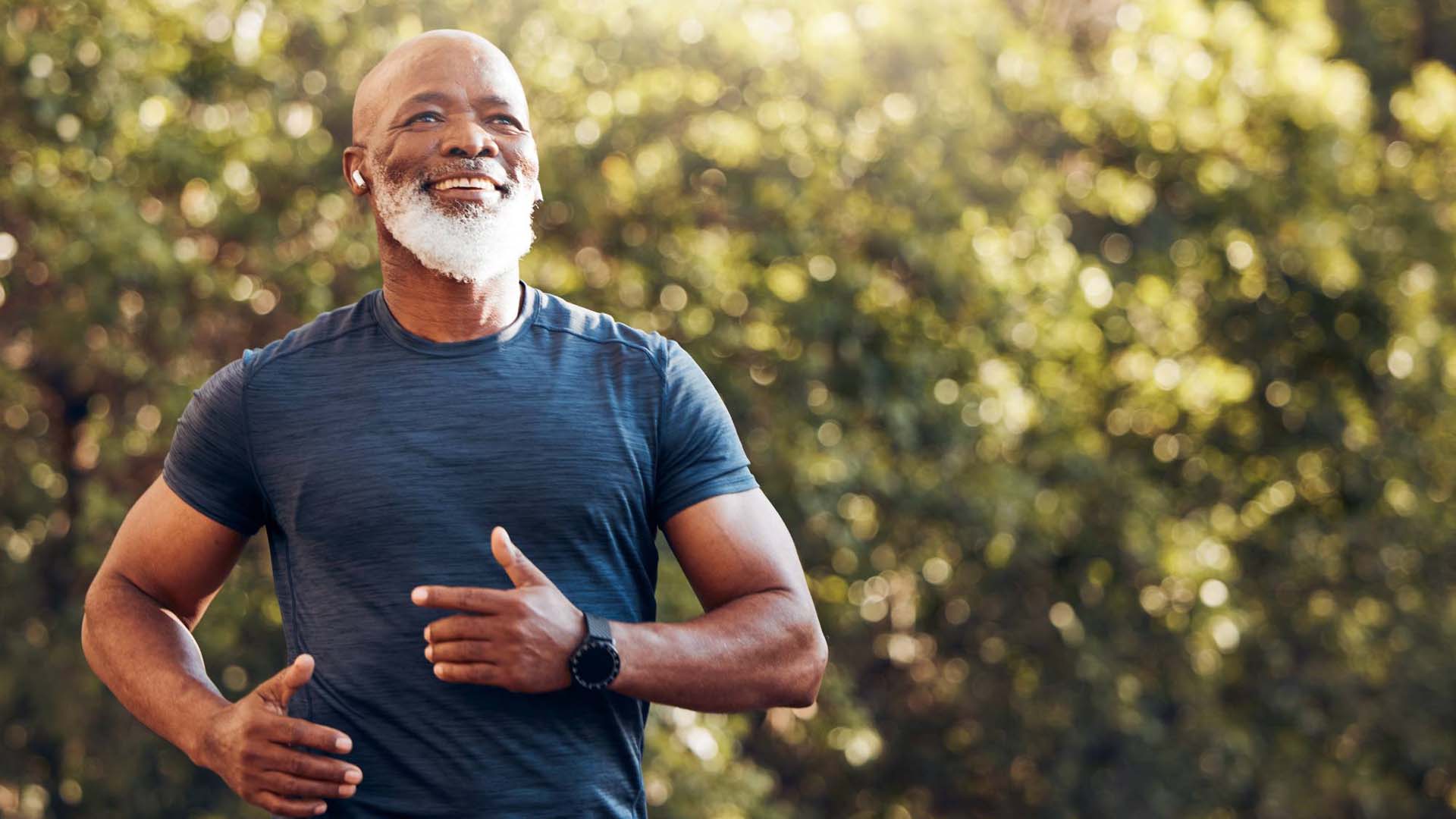
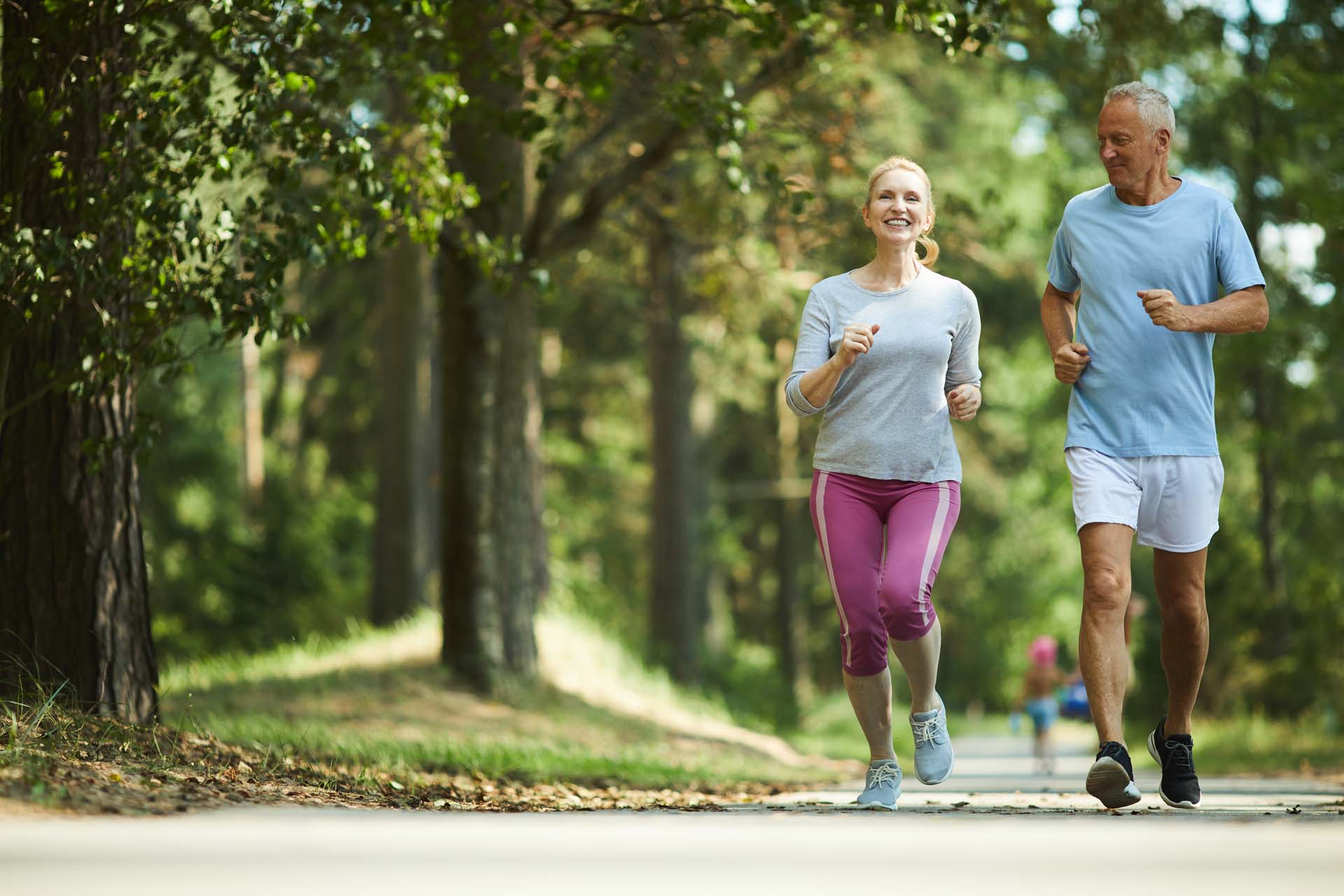
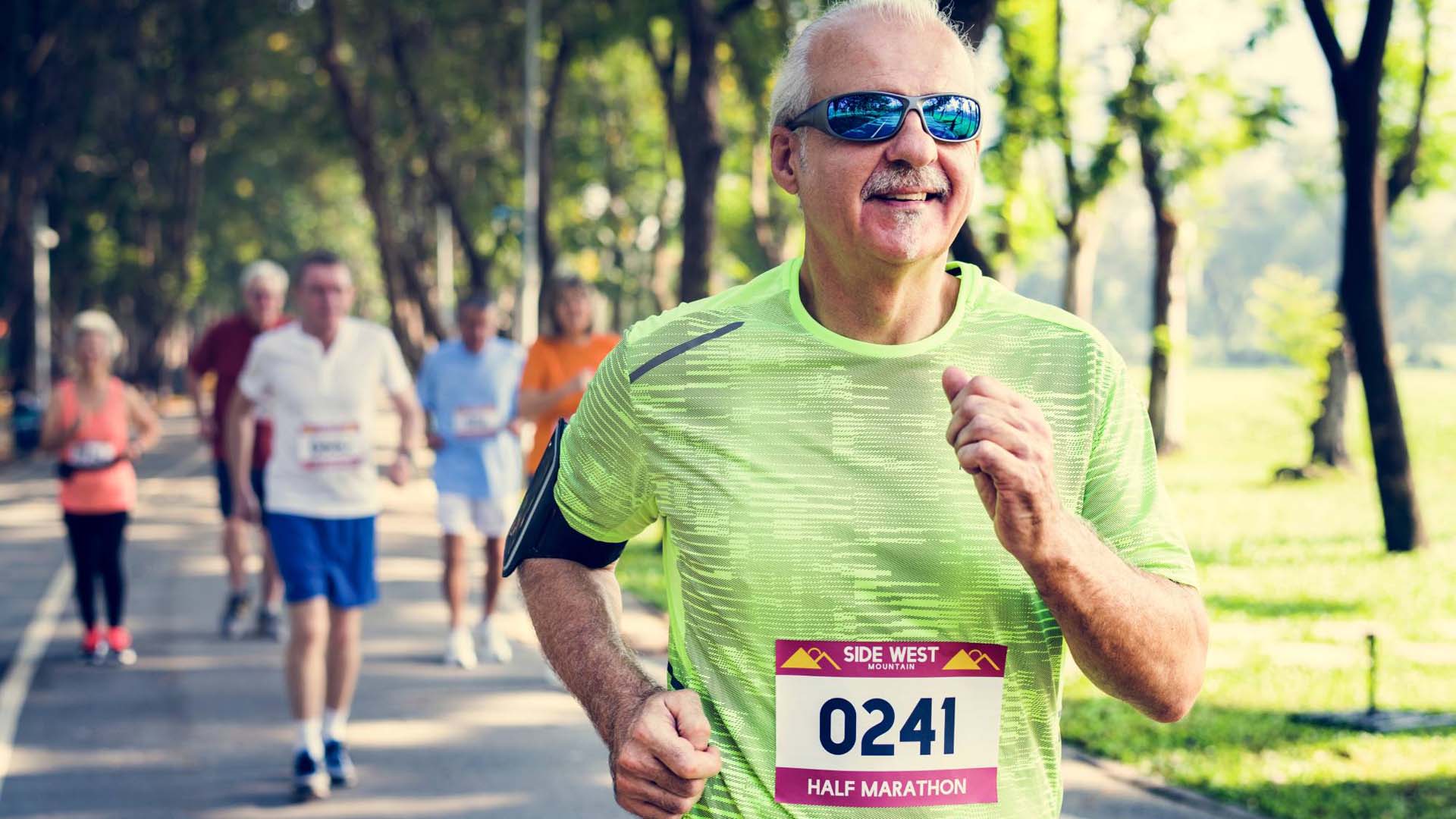
Running a half marathon is all about the right training. Here’s how to go about it.
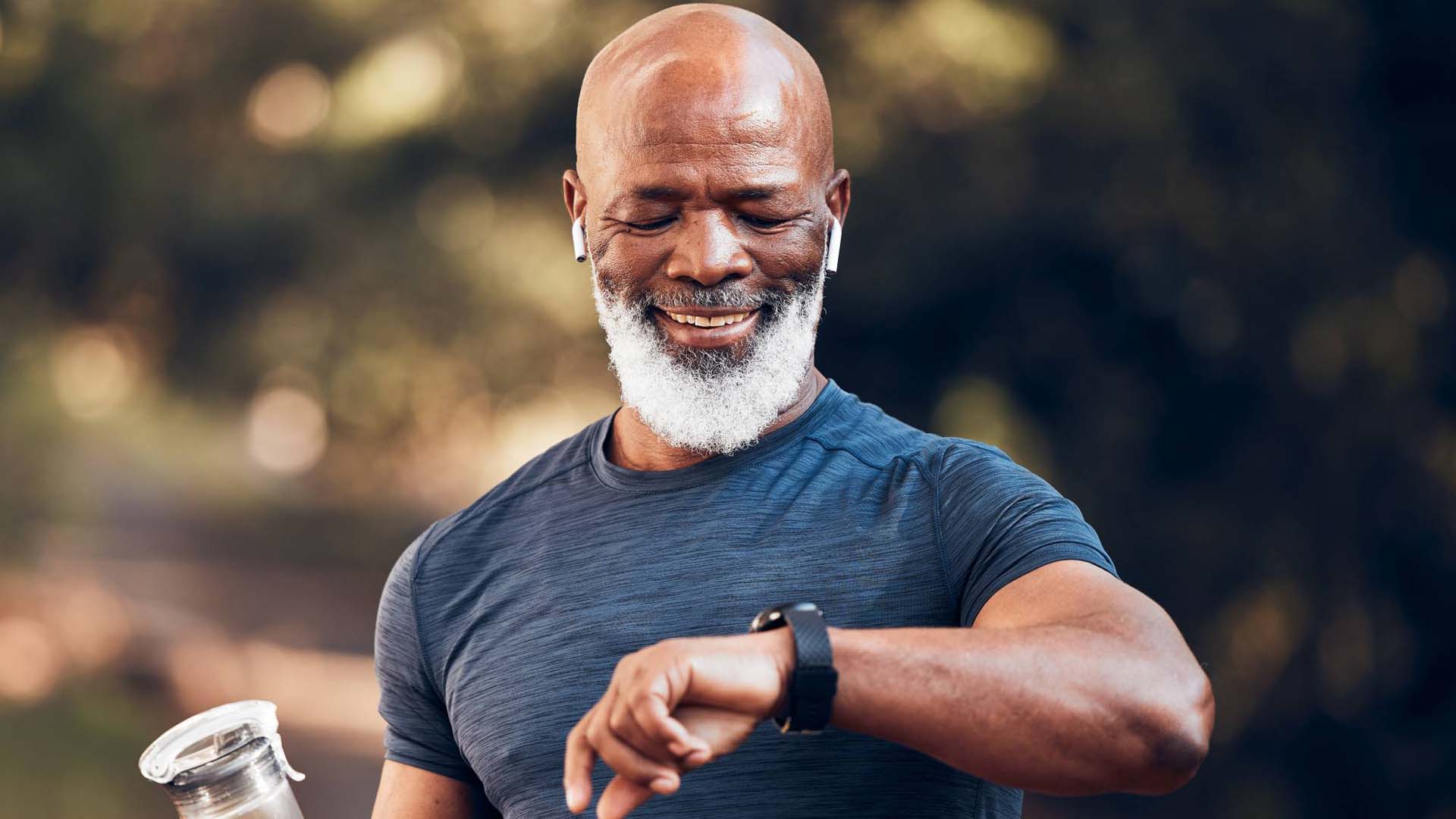
Your questions answered about what really is a good 5k time.
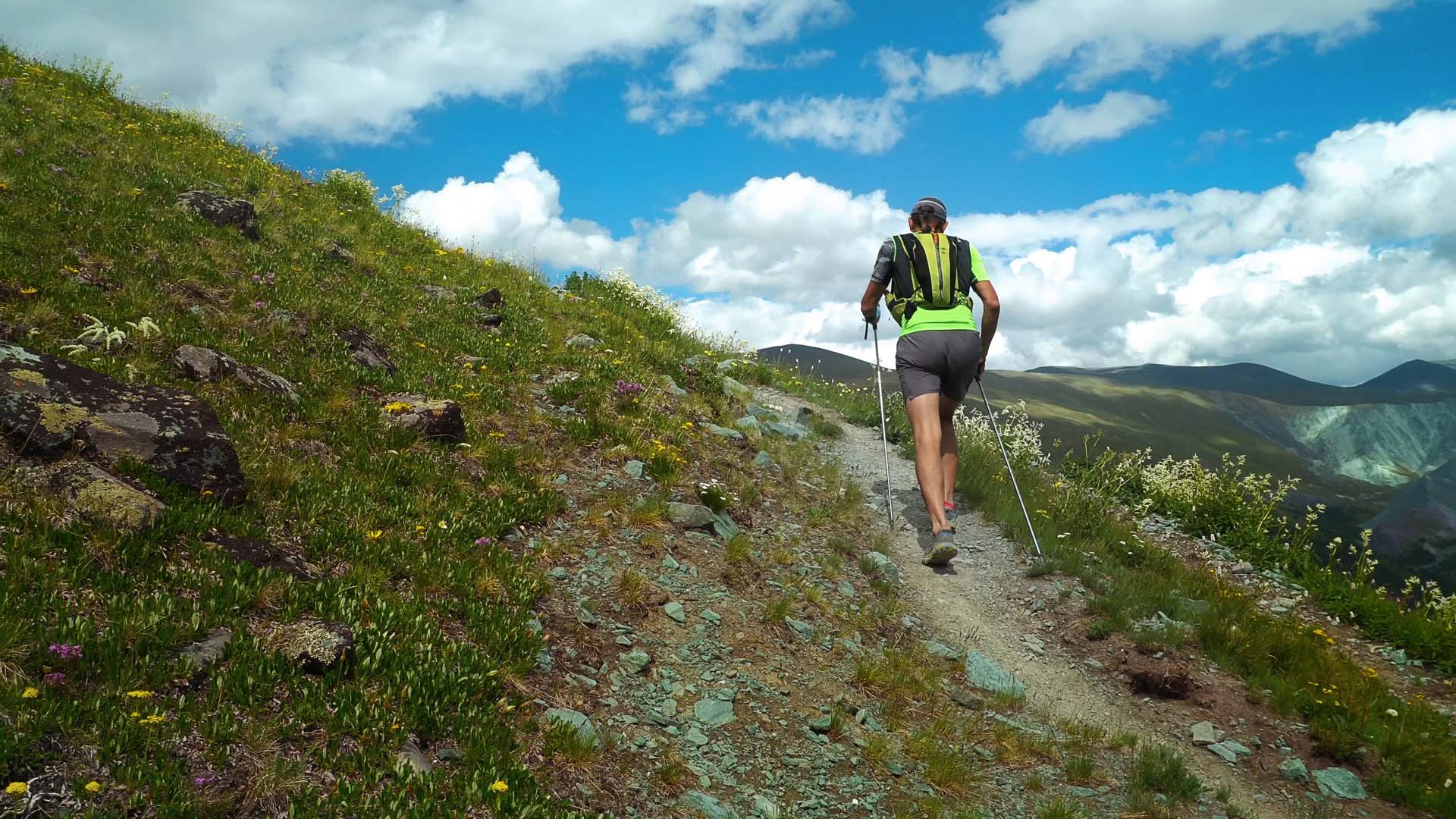
The secret to being a successful trail ultra-runner as you get older includes a lot of walking and eating.


Expert advice on how to train for a 5k with just three runs a week.
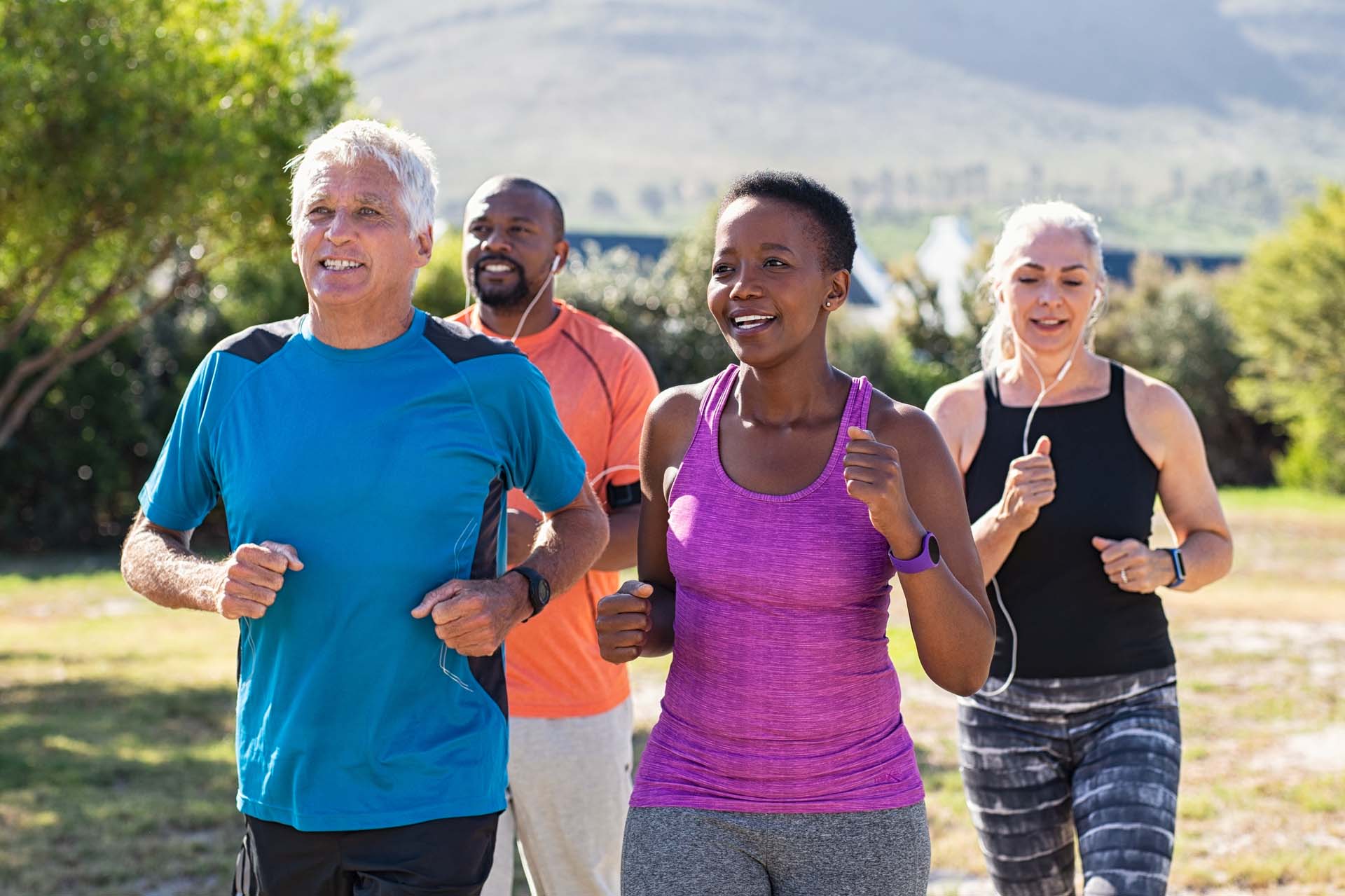
Running your first 5k is all about getting the pace right.
